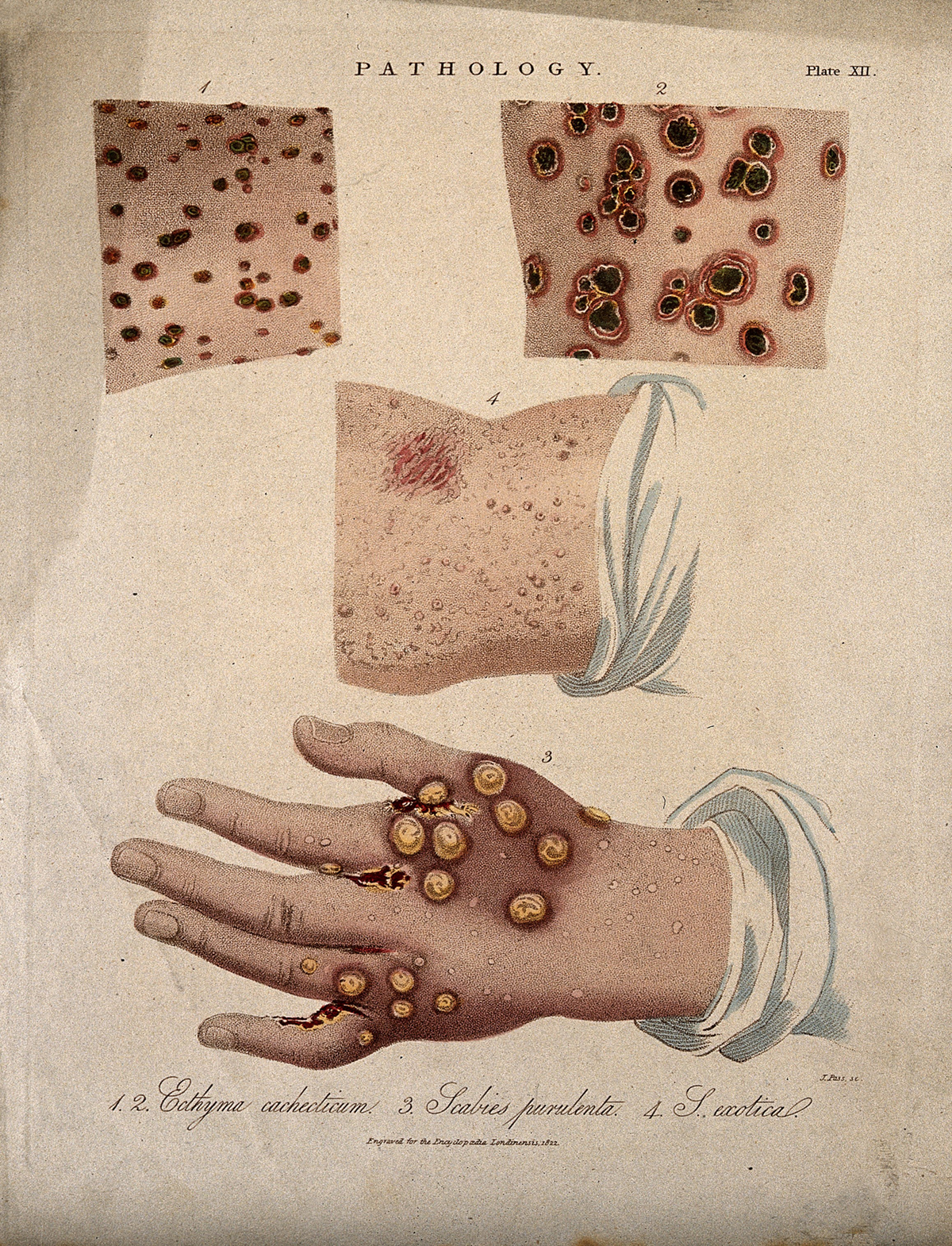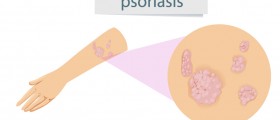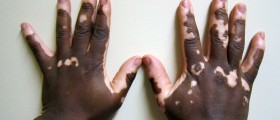
There is a variety of skin changes that may affect people. They are either associated with certain skin conditions or may occur as a consequence of illnesses of other organs. Skin changes and lesions may also occur in allergies and if the skin is exposed to certain irritants, chemicals or environmental pollutants. Scaly skin patches represent only a group of skin changes that may be associated with many medical conditions. In fact scaly skin patches are the most common form of skin changes in humans. They may be accompanied with several more symptoms and signs and if they are large enough, located in the visible areas of the skin or there is more than one skin change they can significantly affect skin's appearance.
Causes and Presentation of Scaly Skin Patches
Definitely the leading cause of scaly skin patches is skin rash. The rash occurs due to fungal or bacterial skin infections. Some people are more susceptible to skin infections and subsequent formation of scaly patches. This particularly refers to patients with weak immune system and those suffering from diabetes. Furthermore, people who are taking certain medications such as steroids, antibiotics etc. are also prone to skin infections. Each and every part of the skin can be affected and as it has already been mentioned the patches may develop in one or several regions of the body and there may be one or more skin patches. Apart from infections scaly skin patches are also characteristic of atopic dermatitis, eczema, ringworm, actinic keratosis and many other skin conditions.
Scaly skin patches are usually red and they may be itchy as well. Their size and shape varies and apart from the general redness and scaliness there may be additional skin changes which develop in later stages of the initial disease. These skin changes include rash, pustules, annular lesions etc.
Treatment for Scaly Skin Patches
It is essential to identify the underlying disease which has led to formation of scaly skin patches. This can be done by a well experienced dermatologist. So, all the people who have developed this type of skin changes are due to consult their dermatologist who will perform examination and additional tests and eventually set the correct diagnosis. According to the very diagnosis the patients are prescribed appropriate medications which may be taken in several forms, as pills, tablets or they are applied right onto the affected skin in a form of ointments and creams. It is not advisable for people to treat scaly skin patches without consulting a doctor. They may be related to some serious skin conditions and unprofessional treatment can only cause more harm and sometimes even lead to serious complications. Furthermore, if one delays going to the doctor there is also a chance that more skin will become affected and in some cases there is a chance of postponing diagnosis of the disease that can be effectively treated only if it is diagnosed in early stages.

















Your thoughts on this
Loading...